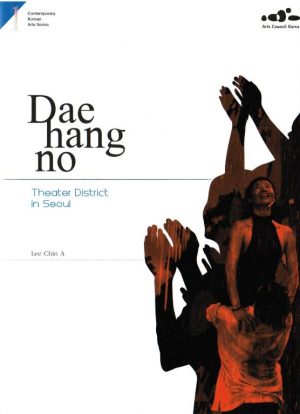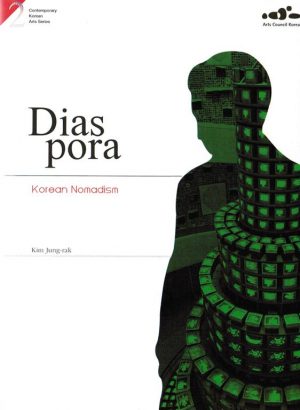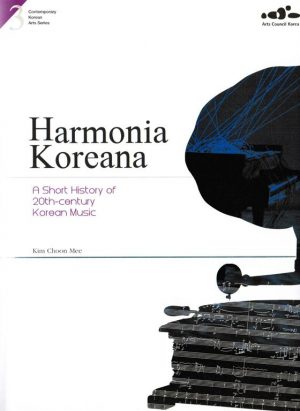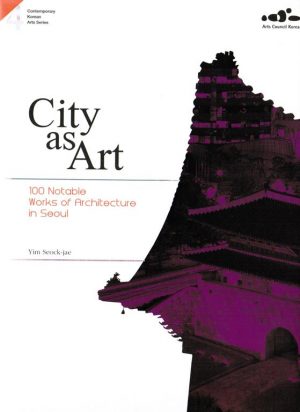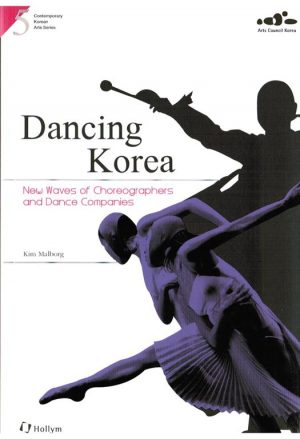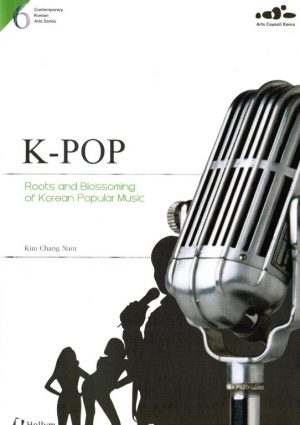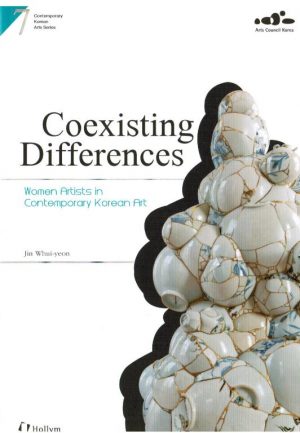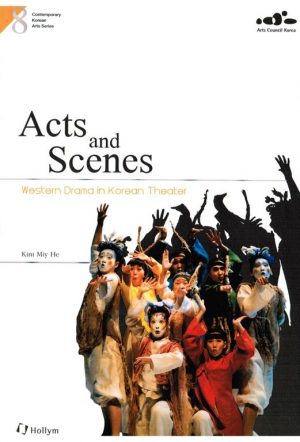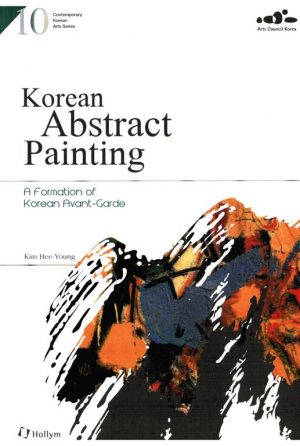Korean Abstract Painting
$19.50
Korean Abstract Painting
Creations or new movements come from criticism of convention such as the movements of the US and Europe in modern painting after World War II. In the West, with their remarkable advancements of knowledge and technology, the two world wars began. The artists who experienced the war began the avant-garde movement. This art was different and innovative: Abstract Expressionism in the US and Art Informel in Europe. Conventional art merely focused on reproducing objects according to logical reasoning and compositions, whereas, these two movements put importance in artists’ action, intuition, and expression in making art.
This book explores the formation of post-war Korean abstract painting. First, it looks into the development of Korean abstract painting in the contemporary context. Korean abstraction formed by contemporary events such as Japanese colonial rule, independence, the Korean war, the Cold War, and American Abstract Expressionism and Art Informel of Europe. Under Japanese colonial rule, Korean artists were deprived of advanced modern art and the opportunity to interpret it subjectively themselves. Moreover, the Korean war and the Cold War caused Korean artists to undergo a crisis of identity. Therefore, Korean artists’ rejection of conventional aesthetic principles and the institutionalized system could be aptly characterized as avant-garde.
Secondly, this book introduces eight representative Korean Abstract painters: Chang Ucchin, Kim Whan-ki, Yoo Young-kuk, Kim Byung-ki, Park Seo-bo, Chun Sung-woo, Youn Myeung-ro, and Choi Wook-kyung. Most of them used to be influenced by American Abstract Expressionism and Informel in Europe. However, they did not stick to foreign style. Korean artists used color stimulating psychology based on Korean sensitivity and concentrated on their independent thinking and action. Informel contributed to the formation of the avant-garde in Korea not with its style, but with its spirit of resistance as well as its search for freedom in creation.
Contemporary Korean Arts Series:
-
-
-
Harmonia Koreana
A Short History of 20th-century Korean Music (Contemporary Korean Arts Series #3)$19.50 Add to cart -
City as Art
100 Notable Works of Architecture in Seoul (Contemporary Korean Arts Series #4)$19.50 Add to cart -
Dancing Korea
New Waves of Choreographers and Dance Companies (Contemporary Korean Arts Series #5)$19.50 Add to cart -
K-POP
Roots and Blossoming of Korean Popular Music (Contemporary Korean Arts Series #6)$19.50 Add to cart -
Coexisting Differences
Women Artists in Contemporary Korean Art (Contemporary Korean Arts Series #7)$19.50 Add to cart -
Acts and Scenes
Western Drama in Korean Theater (Contemporary Korean Arts Series #8)$19.50 Add to cart -
Choreographers in Motion
Retrospective and Perspectives (Contemporary Korean Arts Series #9)$19.50 Add to cart -
Korean Abstract Painting
A Formation of Korean Avant-Garde (Contemporary Korean Arts Series #10)$19.50 Add to cart


